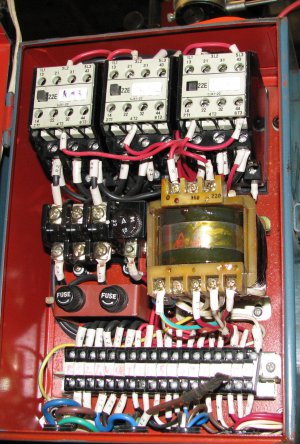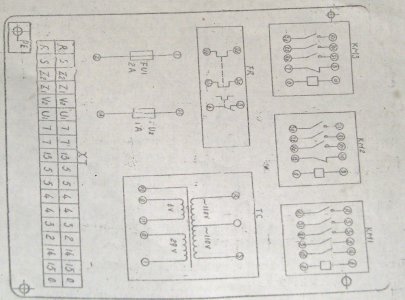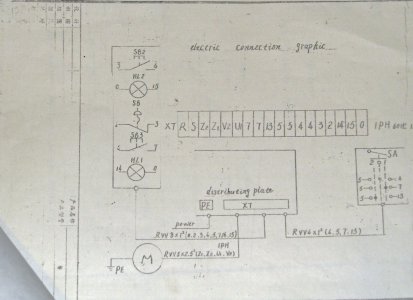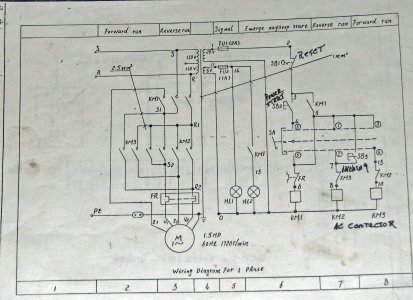None of the lights worked on my lathe so I changed the bulbs, I used regular 6v auto type bulbs. Still don't work so I checked voltage at the bulbs it shows 12v when it it supposed to be 6v, could be why the bulbs blew out. I checked at the transformer and I have 12 volts at the bulb circuit and 44v at the controll circuit, it is supposed to be 29 volts. I can't see how a transformer could put out more than it is supposed to so I checked some more and found that I had 12v on one side of the bulb and 16v on the other side. No ground so lights can't work. Does anyone know it there is a special type bulb that goes in there? Does anyone have a similar lathe and be willing to check voltage at the transformer? On mine the input to the transformer is on the top, two red wires with 110v each 220v combined, the output is on the botton supposed to be 6v on the white wire and 29v on the red wire. The electrical diagram provided with the lathe is hard to decypher.
Thanks
Dave
PS I ordered a Phase 2 tool holder set from enco today any comments on the phase 2.
Thanks
Dave
PS I ordered a Phase 2 tool holder set from enco today any comments on the phase 2.





